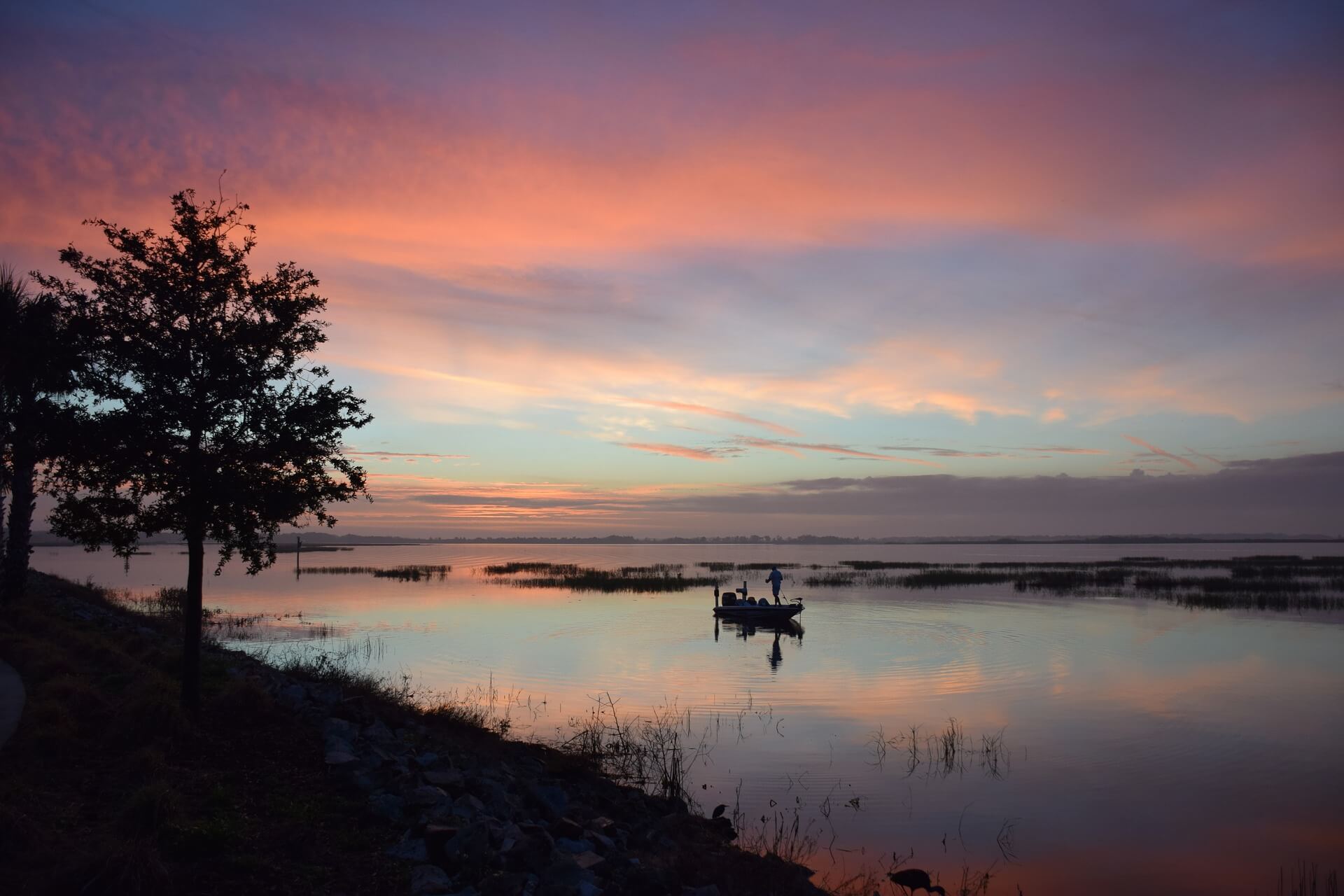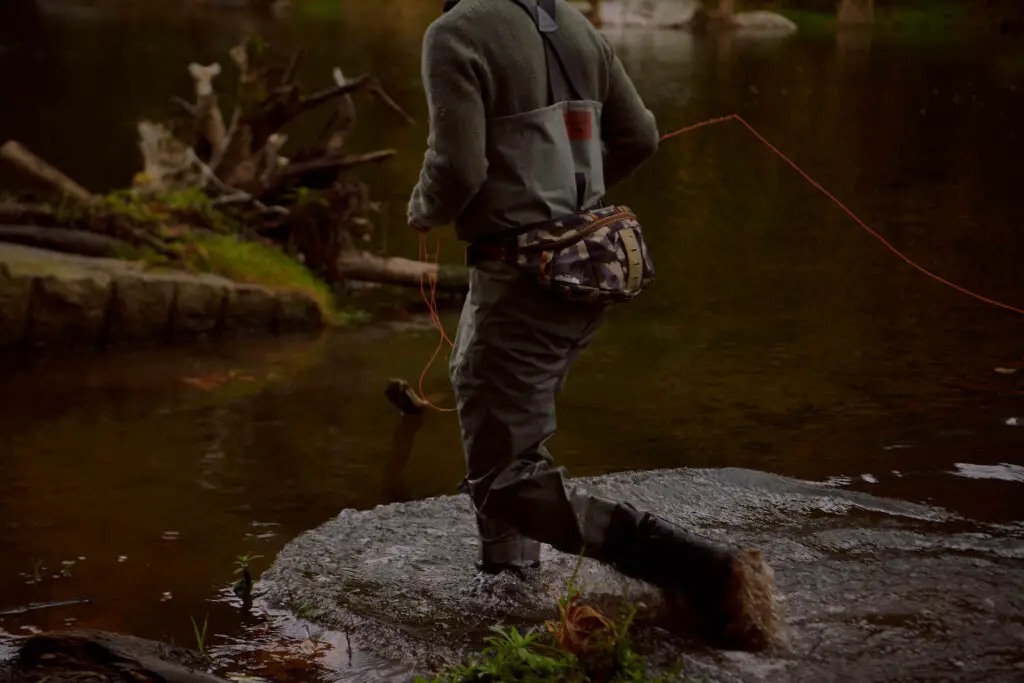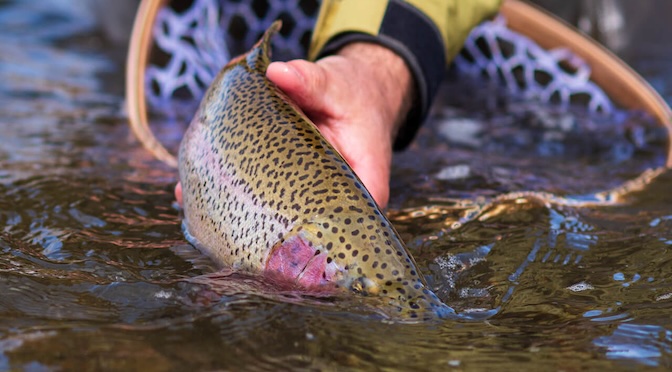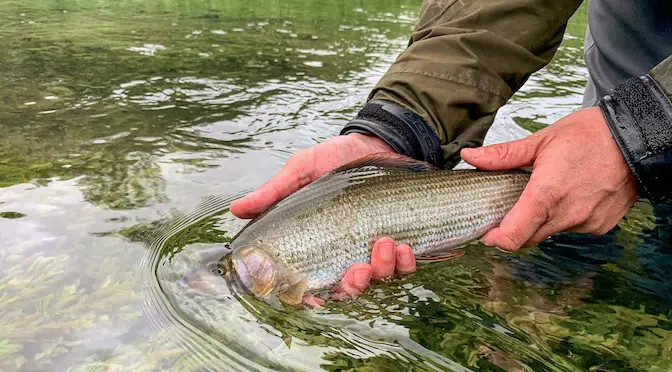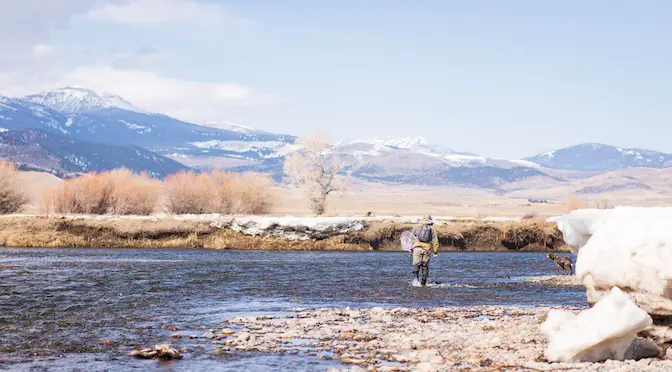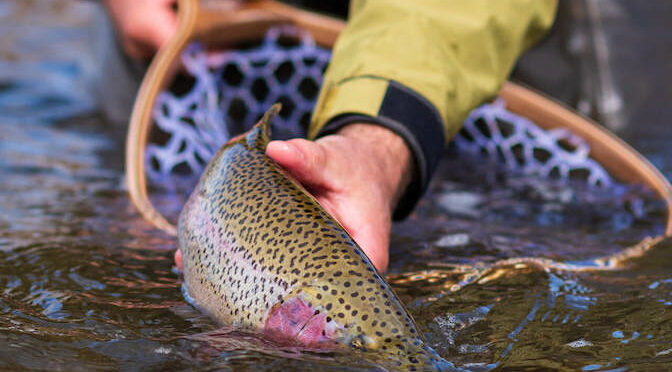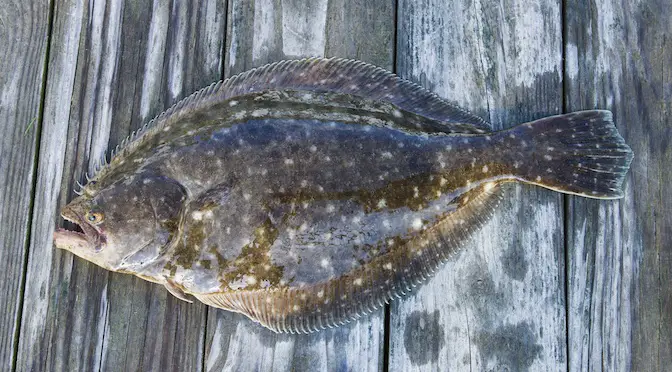- Wading Wisdom #13 – Simon Gawesworth - July 7, 2025
- On the Water with the Korkers Bantam Lite - June 26, 2025
- How to Find Trout in Rivers & Streams Anywhere - June 13, 2025
For the seasoned fly fisherman, night fishing offers an exciting and challenging way to experience the sport in a whole new light or rather, in the absence of it.
Venturing into the darkness to cast for fish introduces a unique set of techniques and tactics, rewarding those who master it with exceptional catches and serene, moonlit waters. Here’s an in-depth look at how to tackle the art of night fishing effectively.
Why Fish at Night?
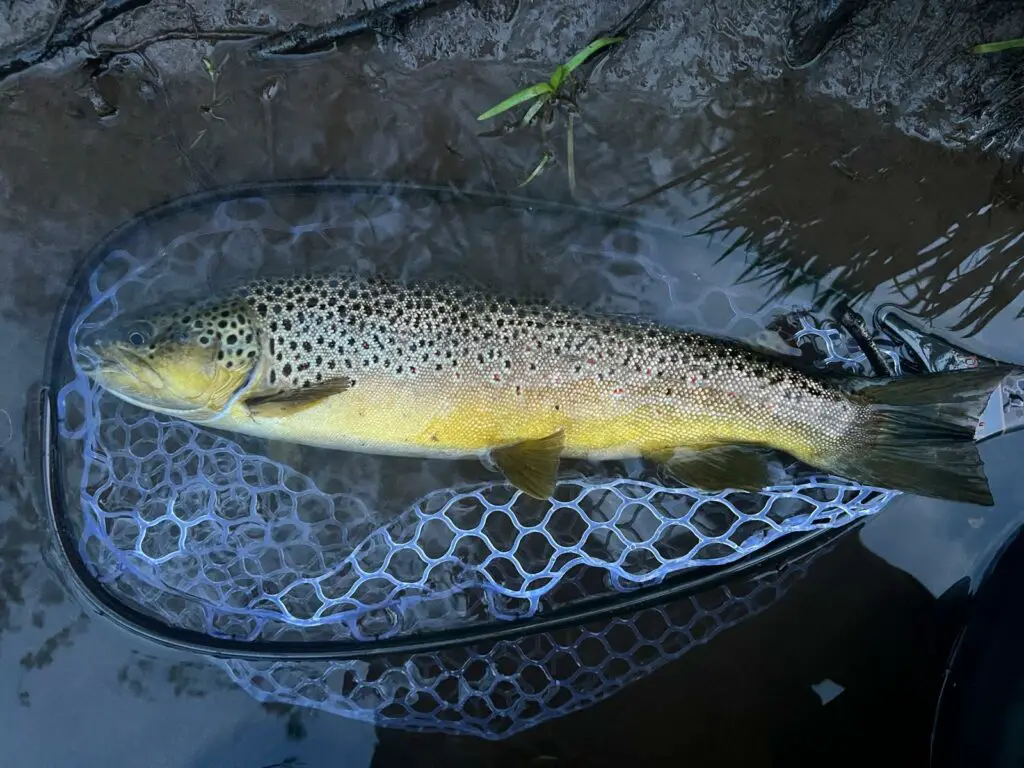
Fish behavior changes dramatically after the sun sets. Many species, including trout and bass, become more active and feed more aggressively in the cover of darkness. The absence of daytime disturbances and cooler temperatures often bring larger, more cautious fish out from hiding, providing anglers with opportunities to catch trophy-worthy specimens. For fly fishermen, this means a chance to test their skills against fish that might be elusive during the day.
But since your eyesight is way worse during night than during daytime, this kind of fly fishing poses special challenges. In this guide we want to introduce you to the basics of fishing in the dark and what it takes to be succesful.
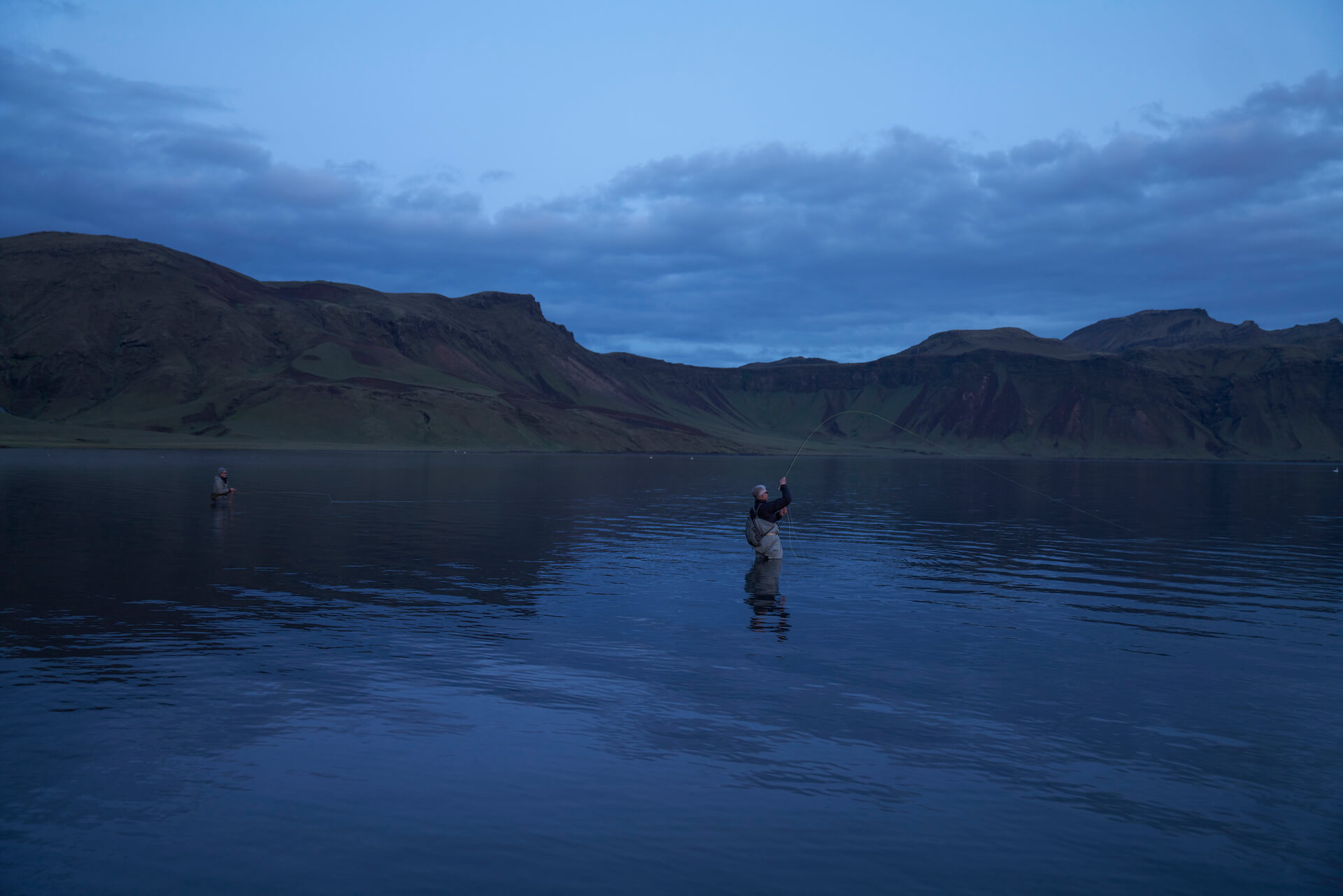
Essential Gear for Night Fly Fishing
Support your Vision
Headlamps and Lanterns: A quality headlamp is indispensable, freeing up your hands while providing adequate light. Opt for models with red light settings to preserve your night vision and in order to not spook a fish.
Glow Sticks and Reflective Tape: Attach these to your gear and rods to keep track of your equipment in the dark.
Clothing
Warm Layers: Nights can get chilly, so dress in layers to stay comfortable.
Insect Repellent: Mosquitoes and other insects can be more active at night.
Tackle and Flies
Luminous Flies: Use flies that glow in the dark or those with phosphorescent materials to attract fish in low light. But don’t neglect dark flies either. I’ve caught some of my biggest fish using dark streamers such as a wolly bugger.
Heavy Leaders and Tippets: Since visibility is low, fish are less line-shy at night, allowing for the use of heavier leaders which can help manage larger catches.
Techniques for Night Fishing
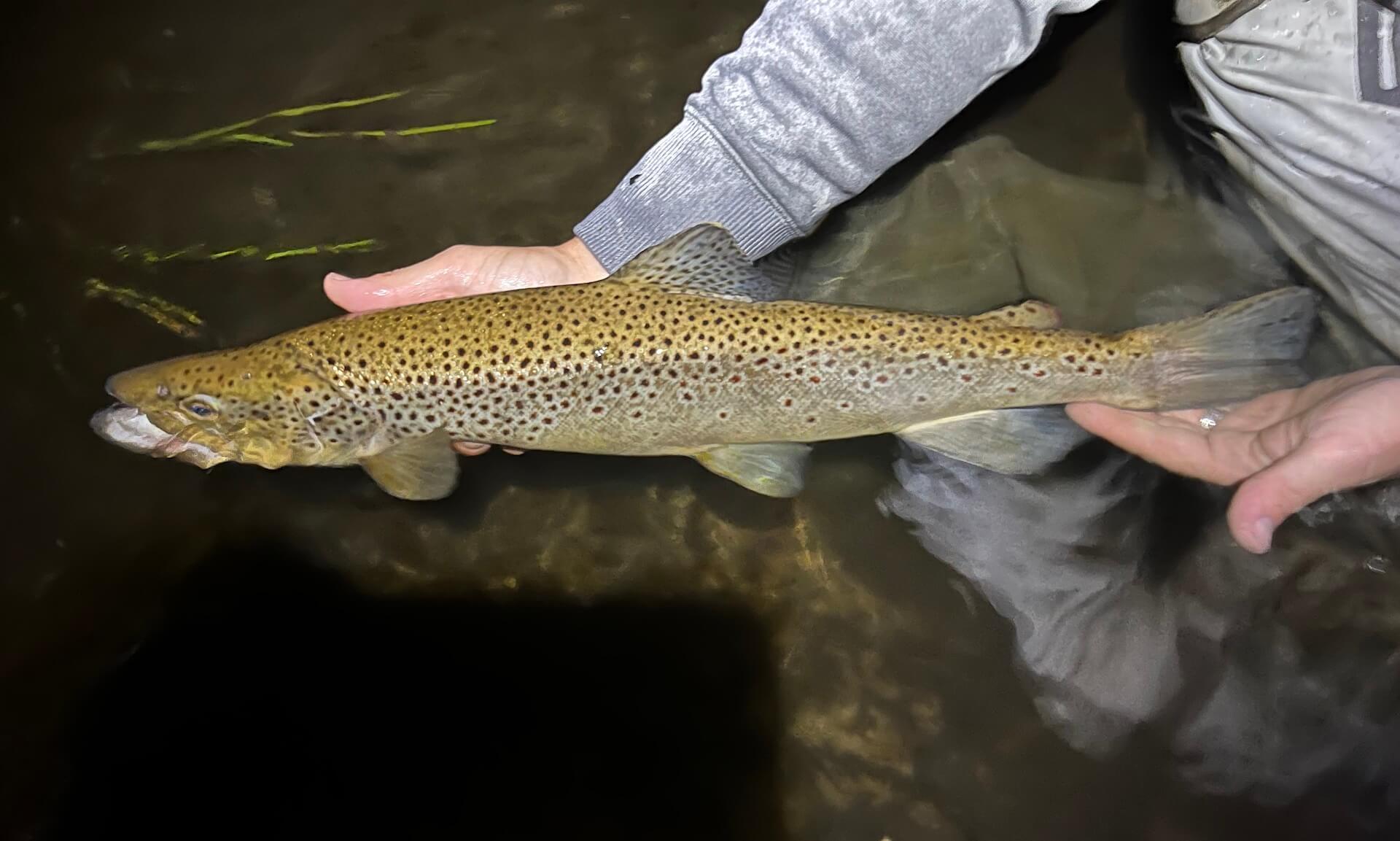
Stealth and Silence
Quiet Movements: Move slowly and quietly to avoid spooking fish. Sound travels differently over water at night, making fish more sensitive to disturbances.
Subtle Casting: Keep your casts short and controlled. The goal is to minimize splash and noise.
Sensory Fishing
Rely on Sound and Touch: Listen for the sounds of fish surfacing or feeding and feel for subtle tugs on the line. This enhances your situational awareness and response times.
Surface Fishing
Slow Retrievals: Fish slowly and methodically, allowing your fly to move naturally with the current. This slow presentation can entice fish to strike, especially when visibility is low.
Topwater Flies: Use large, noisy topwater flies like poppers, mouse patterns, or deer hair frogs to draw attention. The surface disturbance mimics the movements of prey and can provoke aggressive strikes.
Safety Considerations
Night fly fishing, while thrilling, comes with its own set of risks. Here are some safety tips to ensure a safe and enjoyable experience:
Fish with a Partner: Having a buddy increases safety, especially in case of an emergency.
Know the Water: Familiarize yourself with the fishing location during daylight hours. Understand the layout, including potential hazards like submerged rocks or deep holes.
Carry a First Aid Kit: Be prepared for any minor injuries or accidents.
Stay Visible: Wear reflective clothing or gear to ensure you are visible to others, especially if fishing near areas with boat traffic.
Prime Locations for Night Fly Fishing
Still Waters: Lakes and ponds often have calmer conditions, making them ideal for night fishing. Look for areas with vegetation or structures where fish may hide during the day and venture out at night.
Rivers and Streams: Focus on deep pools and slower-moving sections where fish may rest during the day and feed at night. Areas with overhanging trees or undercut banks can be particularly fruitful.
Saltwater Flats: In coastal areas, night fishing can be highly effective on tidal flats where predatory fish come to feed under the cover of darkness.
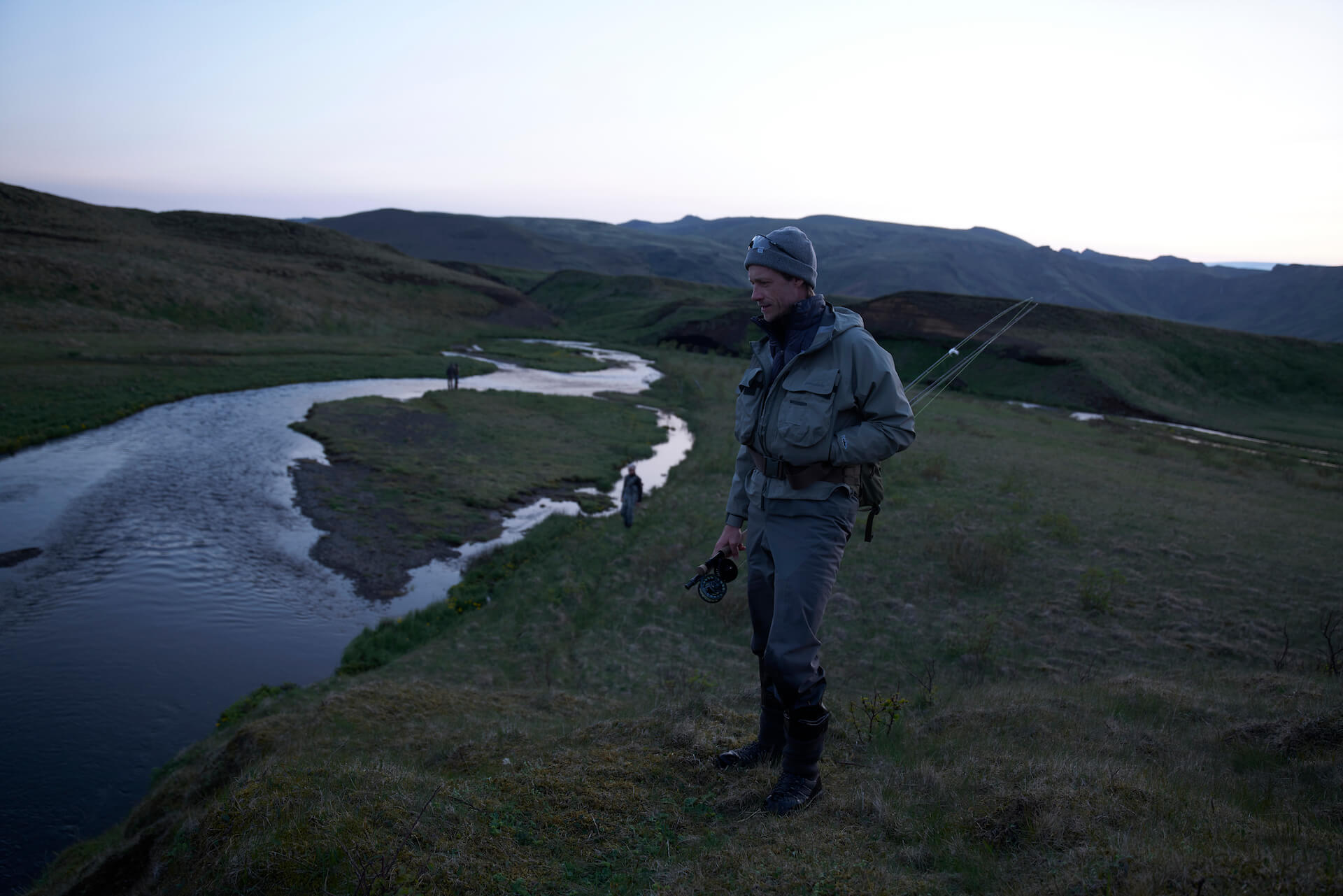
Conclusion
Night fly fishing offers a unique and rewarding challenge for the experienced angler. With the right gear, techniques, and a focus on safety, you can master this art and enjoy the tranquility and excitement that come with fishing under the stars. Embrace the darkness, and let it reveal the hidden world of nocturnal angling, where the biggest catches often await. Whether you’re seeking the thrill of hooking a large trout or simply enjoying the serenity of night fishing, the experience is sure to deepen your appreciation for this timeless sport.
FAQs: Fly Fishing at Night
What type of flies are most effective for night fly fishing?
For night fly fishing, it’s best to use flies that are either luminous or create significant surface disturbance. Patterns like phosphorescent Woolly Buggers, glow-in-the-dark poppers, and large topwater flies such as mouse patterns or deer hair frogs are highly effective. These flies are easier for fish to detect in low light conditions and often provoke aggressive strikes.
How do I safely navigate and fish in the dark?
Safety is paramount when night fly fishing. Here are some tips:
Always fish with a partner for added safety.
Familiarize yourself with the fishing location during daylight hours to understand the layout and potential hazards.
Use a headlamp with a red light setting to navigate without spooking fish or ruining your night vision.
Wear reflective clothing or gear to remain visible, especially near areas with boat traffic.
Carry a first aid kit and a fully charged mobile phone for emergencies.
What is the best time to start fly fishing at night?
The best time to start fly fishing in the dark is just after sunset, continuing into the early hours of the night. Fish often become more active during the twilight period and the first few hours of darkness. However, fishing can be productive throughout the night, especially under a full moon or in areas with good ambient light from the surroundings.
How can I improve my chances of catching fish at night?
To improve your chances of success while night fishing:
Focus on using larger, noisier flies that create significant surface disturbance.
Fish slowly and methodically, allowing your fly to move naturally with the current.
Pay close attention to sounds and subtle movements to detect fish activity.
Target areas where fish are likely to feed at night, such as deep pools, overhanging trees, or undercut banks.
Consider using scented flies or attractants, as fish rely more on their sense of smell in low light conditions.
Are there specific techniques for casting at night?
Yes, casting techniques at night require some adjustments:
Keep your casts short and controlled to minimize noise and splash, which can spook fish.
Practice casting in the dark to get a feel for the motion and distance without relying on visual cues.
Use glow sticks or reflective tape on your rod and line to help track your casts.
Employ roll casts or other low-profile casting techniques to avoid snagging on unseen obstacles or vegetation.

